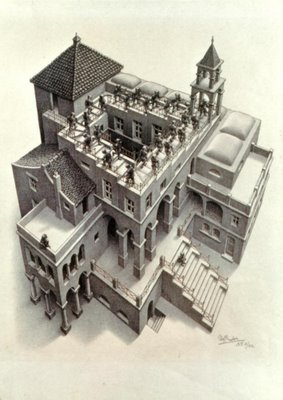
Perceptual organization
In order to make sense of the world it is necessary to organize incoming sensations into information which is meaningful. Gestalt psychologists believe one way this is done is by perceiving individual sensory stimuli as a meaningful whole.
Gestalt organization can be used to explain many illusions including the Duck-Rabbit illusion where the image as a whole switches back and forth from being a duck then being a rabbit and why in the figure-ground illusion the figure and ground are reversible.
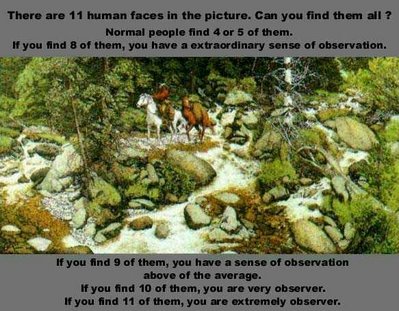
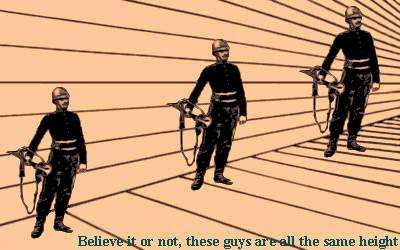

Depth and motion perception
Illusions can be based on an individual's ability to see in three dimensions even through the image hitting the retina is only two dimensional.
Like depth perception, motion perception is responsible for a number of sensory illusions. Film animation is based on the illusion that the brain perceives a series of slightly varied images produced in rapid succession as a moving picture. Likewise, when we are moving, as we would be while riding in a vehicle, stable surrounding objects may appear to move. We may also perceive a large object, like an airplane, to move more slowly, than smaller objects, like a car, although the larger object is actually moving at a faster rate. The Phi phenomenon is yet another example of how the brain perceives motion. The Phi phenomenon is an illusion created when adjacent lights are blinked on and off to create a sense of motion as in Christmas lighting or a neon sign.
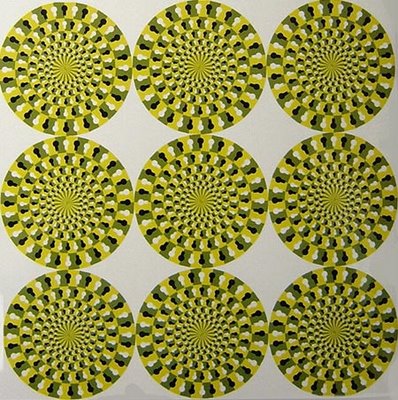
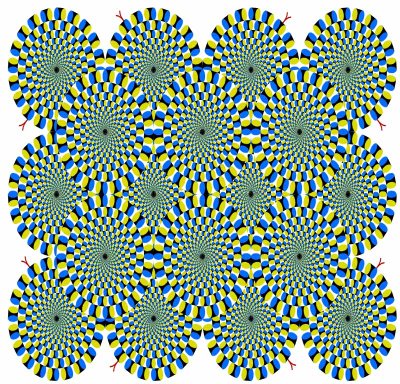
No comments:
Post a Comment